Grizzly Screen Machine
Ready to send
Please contact the sales department for sending the list and bulk purchase of products.
Immediate shipment of the product is possible.
$0
Dear user, prices are being updated, please contact us.
Grizzly Screen Machine
The grizzly screen takes its name from acting as a stationary, non-moving grid. In this type of screen, materials flow and are classified due to the slope of the screen surface or another aiding force. The surface of this screen is of the bar type, consisting of bars installed in parallel and at specific distances on a suitable framework.
The bars in different grizzly types have various cross-sections, and it is better for the larger part of a trapezoidal section to be placed on the upper side to reduce the chances of material getting stuck. The material of these bars should be made of wear-resistant alloys like manganese steel. In some types of grizzly screens, chain links are used instead of bars. Grizzly bars are typically installed at an angle of about 20 to 50 degrees. The steeper this angle, the faster the passage and higher the grizzly screen capacity, but the efficiency decreases.
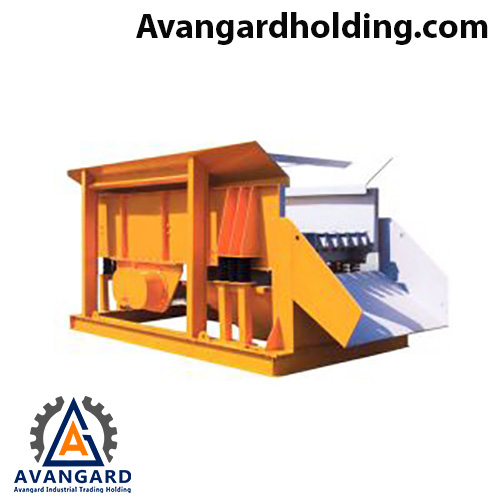
Types of Screen Surfaces
The type of screen surface depends on the initial load, separation limit, and desired quality in the screening operation. For heavy-duty work, the grizzly screen surface is made of iron or steel bars or iron rails placed parallel or at a specific distance from each other. In many cases, mesh surfaces with square, rectangular, circular, or elliptical holes are used. Sometimes, especially for fine materials, they include elongated and slit-like holes.
Mesh screens are cheaper than other types, but since the aperture percentage in mesh screens is relatively low, the capacity of the grizzly screen is also less than other types of screen surfaces.
Technical Specifications of Grizzly Screen Types
Technical Specifications of Grizzly Screen Types | ||||
| Row | Screen Type | Dimensions | Number of Decks | Motor Power (kw) |
| 1 | Grizzly | 3000*1000 | 1 & 2 | 7.5 |
| 2 | Grizzly | 3000*1500 | 1 & 2 | 7.5 |
| 3 | Grizzly | 4000*1500 | 1 & 2 | 7.5 |
| 4 | Grizzly | 5000*1500 | 1 & 2 | 11 |
| 5 | Grizzly | 6000*1500 | 2 & 3 | 11 |
Screening Mechanism
The movement of solid materials on the screen is similar to the flow of a fluid. Coarse particles move to the top of the screen, while fine particles pass through the coarse particles to the bottom and come into contact with the screen surface.
Most of the fine materials are discharged from one-third to one-half of the screen length. The speed of material movement on the screen and the grizzly screen’s movement mechanism affect material stratification. The movement speed of the materials themselves is a function of the material characteristics, environmental conditions, material bed dimensions on the grizzly screen, mechanism, type of screen movement, and screen slope.
Types of Screen Surfaces
The type of screen surface depends on the initial load, separation limit, and desired quality in the screening operation. For heavy-duty work, the grizzly screen surface is made of iron or steel bars or iron rails placed parallel or at a specific distance from each other.
In many cases, mesh surfaces with square, rectangular, circular, or elliptical holes are used. Sometimes, especially for fine materials, they include elongated and slit-like holes. Mesh screens are cheaper than other types, but since the aperture percentage in mesh screens is relatively low, the capacity of the grizzly screen is also less than other types of screen surfaces.
Performance of Grizzly Screen Machine
The application of the grizzly screen machine, like other screens, is for categorizing and screening materials, especially coarse and granular materials. The screening and separation range in the grizzly screen machine varies from a minimum of 20 mm to about 300 mm. The capacity for screening and cleaning this separator per unit area is also high. The device’s capacity depends on the screen distance and mesh opening size and can reach 1000 tons per hour, which is also used for feeding primary crushers in sand and gravel mines.
This process is carried out in such a way that part of the initial load having larger dimensions is actually larger than the crusher’s permissible limit and is separated from the input material, preventing large rock pieces from blocking the crusher’s entrance. In another scenario, smaller pieces relative to the crusher’s input may be separated from the mixture, thus increasing the crusher’s capacity.
A grizzly screen weighing approximately 3900 kilograms has a production and screening capacity of 170 to 250 tons per hour. In another situation, if this screen weighs about 5100 kilograms, it can screen between 250 tons and 450 tons of rock materials per hour. The grizzly screen operates such that initially, with the help of a loader and through a feeder or primary silo, this screening device is fed, and larger mineral and aggregate materials are directly injected into a jaw crusher model.
Price of Grizzly Screen Machine
The price of the grizzly screen varies depending on the type and capacity of the device or any specific requirements of the customer and price fluctuations. To order, purchase, sell, and manufacture the desired screen machine and receive the grizzly screen catalog, contact our experts at Avangard Company.
We apologize, prices are being updated. Please contact Avangard Sales Department for price inquiries.
| Row | Description | Price in Toman |
| 1 | Grizzly Screen Machine Price | Contact us |
 فارسی
فارسی Arabic
Arabic
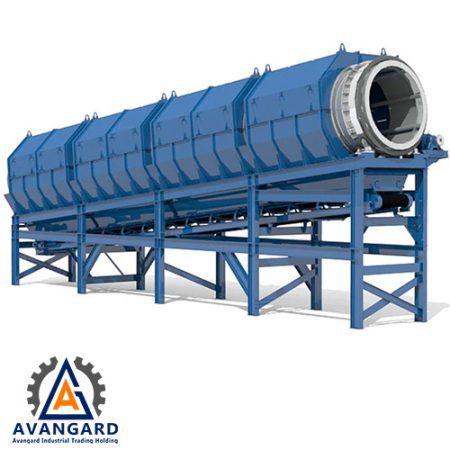
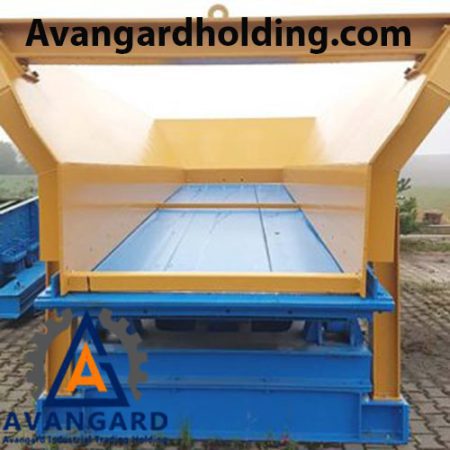

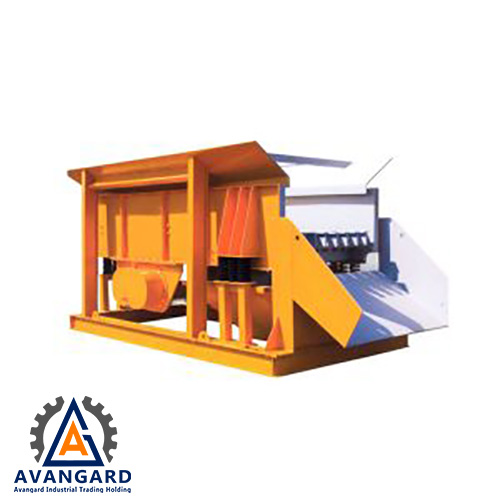
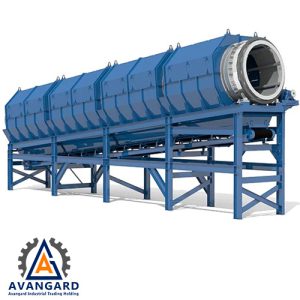
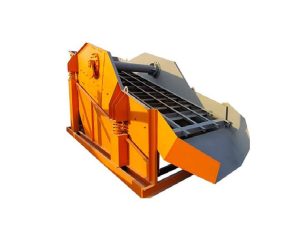
Reviews
There are no reviews yet.